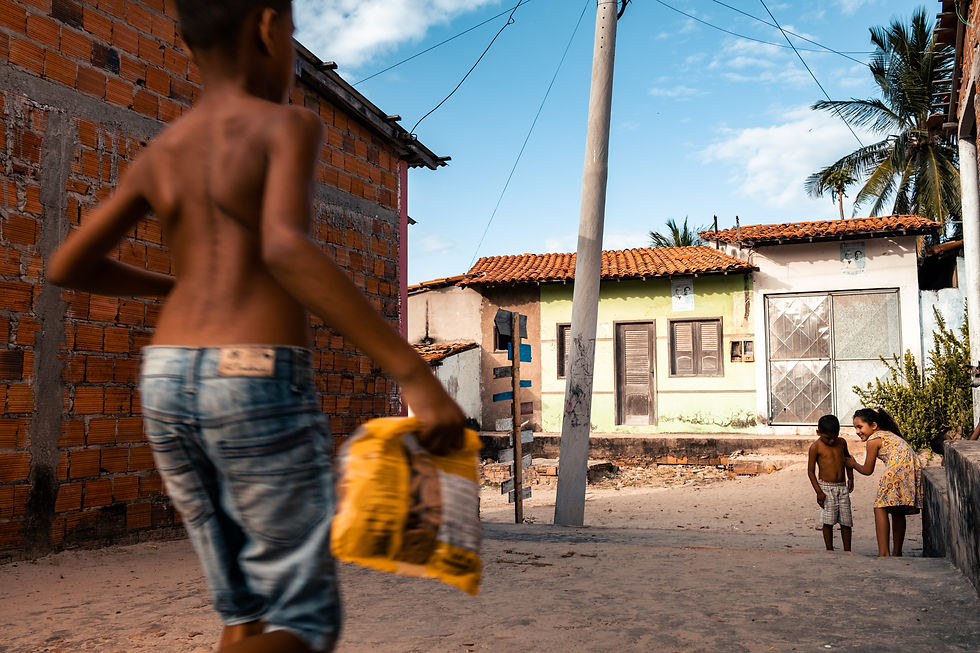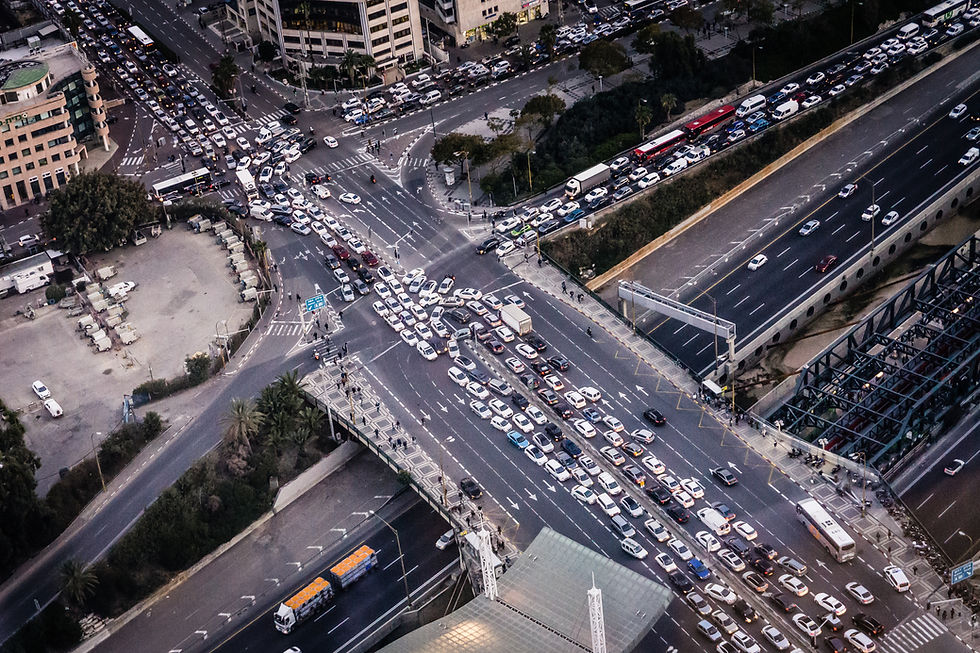Urban Art as a catalyst for inclusive and sustainable cities
- Editorial Team SDG11

- Jul 18
- 4 min read

Urban art, encompassing murals, street installations, and public performances, is emerging as a powerful instrument for fostering inclusive and sustainable cities, aligning directly with the United Nations’ Sustainable Development Goal 11 (SDG 11). This goal seeks to make cities and human settlements inclusive, safe, resilient, and sustainable by 2030. As urban populations swell, over 4.4 billion people, or 56% of the global population, lived in cities in 2022, projected to reach 70% by 2050, creative interventions like urban art are vital for transforming public spaces, enhancing community cohesion, and addressing pressing social and environmental challenges. By leveraging art to reflect local identities and tackle issues like inequality and climate awareness, cities can cultivate vibrant, equitable urban environments. This article explores how urban art contributes to SDG 11, supported by data, real-world examples, and the critical role of global collaboration.
The power of urban art in sustainable urban development
Urban art transcends aesthetic enhancement, serving as a dynamic tool for social inclusion and environmental advocacy. According to the United Nations, approximately 1.1 billion people currently reside in slums or informal settlements, with an additional 2 billion expected by 2050. These areas often lack access to safe public spaces, exacerbating social exclusion. Urban art addresses this by transforming neglected spaces into vibrant community hubs. Murals and installations can narrate local histories, celebrate cultural diversity, and foster a sense of belonging, directly supporting SDG 11’s target of providing universal access to safe, inclusive, and accessible public spaces.
Moreover, urban art can amplify environmental awareness, a key component of SDG 11’s focus on reducing the per capita environmental impact of cities. For instance, street art campaigns have been used to highlight issues like air pollution, which affects 99% of urban populations globally, contributing to 4.2 million premature deaths annually. By integrating messages about sustainability into public spaces, art becomes a catalyst for community dialogue and action. However, challenges such as limited funding and regulatory hurdles often constrain the scale of these projects, particularly in marginalised communities where public spaces are most neglected.
Cities examples: Lisbon and Medellín lead the way
Cities like Lisbon and Medellín exemplify how urban art can drive urban revitalization and social inclusion. In Lisbon, the GAU (Galeria de Arte Urbana) initiative, launched in 2008, has transformed the city into an open-air gallery. Over 200 murals now adorn Bairro Alto and other neighbourhoods, celebrating Portuguese culture and addressing themes like climate change and social justice. A 2023 study by the University of Lisbon found that these projects increased local tourism by 15% and reduced petty crime in targeted areas by 8%, demonstrating tangible social and economic benefits.
Medellín, once notorious for violence, has leveraged urban art as part of its “social urbanism” model to remarkable effect. The city’s Comuna 13, previously a conflict-ridden area, now features vibrant murals and street performances that narrate its journey from turmoil to renewal. The introduction of the Metrocable system, coupled with art-driven community projects, has improved mobility and social cohesion, reducing violent crime by 66% between 2003 and 2016, according to municipal data. These initiatives align with SDG 11’s targets for affordable transport and inclusive urban planning, offering a blueprint for other cities.
Looking to the future, events like the #SDGLocalSolutions Series, scheduled for 4 July 2025, aim to scale these efforts. Organised by local governments, this initiative will explore how urban art can shape sustainable cities, with sessions highlighting case studies from across the globe. Such platforms underscore the potential for urban art to address both historical inequalities and future urban challenges, including the projected doubling of slum populations by 2050 if current trends persist.
The duty of global society in urban art
Achieving SDG 11 requires collective action across borders, as urban challenges like pollution, inequality, and inadequate housing are global in scope. Organisations like the United Nations Human Settlements Programme (UN-Habitat) and the C40 Cities network are pivotal in fostering knowledge exchange and funding innovative urban projects. For instance, UN-Habitat’s Global Urban Art Initiative supports cities in developing countries to integrate art into urban planning, enhancing community engagement and resilience. Similarly, the Local2030 Coalition brings together local governments, NGOs, and artists to drive action on SDG 11 at the grassroots level.
Global collaboration is essential to overcome barriers such as funding shortages and regulatory constraints. In 2023, 106 countries reported having local disaster risk reduction strategies aligned with national frameworks, a doubling since 2015, yet only 51.6% of the global urban population has convenient access to public transport. By sharing best practices, such as Lisbon’s mural programmes or Medellín’s social urbanism, cities can adapt successful models to local contexts, amplifying their impact. Public-private partnerships, like those seen in Medellín’s Empresas Publicas de Medellín (EPM), which repurposed water tank sites into community art spaces, further illustrate the power of collaborative governance.
A vision for sustainable urban futures
Urban art is more than a creative outlet; it is a strategic tool for building inclusive, resilient, and sustainable cities. By transforming public spaces, fostering community pride, and raising awareness of environmental and social issues, it directly advances SDG 11’s vision.
Cities like Lisbon and Medellín demonstrate the transformative potential of art-driven urban revitalization, offering scalable models for global adoption. As the world grapples with rapid urbanisation and its associated challenges, global society must continue to invest in collaborative, innovative solutions. Platforms like the #SDGLocalSolutions Series highlight the urgency of these efforts, urging stakeholders to harness urban art’s potential.
For further insights into global efforts to achieve SDG 11, explore resources from UN-Habitat and the Local2030 Coalition. Together, these initiatives pave the way for cities that are not only sustainable but also vibrant and inclusive for all.
Youtube credits: https://www.youtube.com/@TravelingWithIvan



